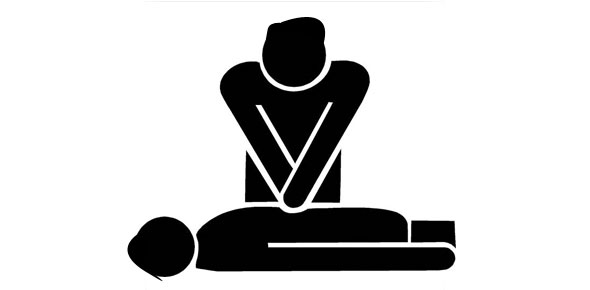CPR/First Aid Test(In Spanish)
- AHA
- OSHA
- ERC
2.
You may optionally provide this to label your report, leaderboard, or certificate.
×
Thank you for your feedback!
















